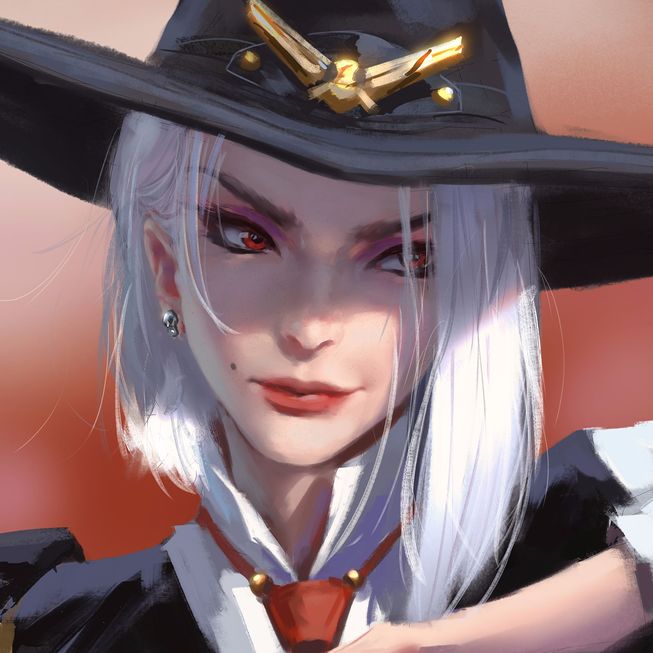I love travelling through the fields. The Penti tulips cover the land, turning the grassland into a lovely maroon carpet.— Karoline Arpwick,
Enlitic diplomat
The Penti tulip is a maroon-coloured flower that grows in temperate regions. For many people in the
Empire of Pallernia,
Military Dictatorship of Vivernia, and the
Kingdom of Enlitica, the flower is known for the romantic traditions and rituals that it's required for. The flower is also poisonous and can result in a slow and painful death if consumed by someone foolish enough to do so.
Flower of Love
The Penti tulip is widely considered the flower of love in The South. The traditions surrounding it originated from the ancient Kingdom of Montilia. The people from there would venture out to the dangerous Penti Fields, avoiding the nomadic warbands that roamed the land, just so that they could bring back one of the flowers to whoever they loved the most.
Since then the tradition, as well as the flowers, have spread throughout the southern parts of the continent. Men and women buy their spouses and lovers the tulips on special holidays and anniversaries.
Instrument of Revenge
When a relationship has soured or infidelity is involved, some people use the flower for a more nefarious purpose. Penti tulips are poisonous. Eating or drinking a beverage made from it can easily result is a slow and painful death. Because of these properties, the flower can be used to poison and kill known or suspected cheaters. Tulip poisoning can be cured if treated quickly.
Much to the disappointment of some bards, the practice of poisoning unfaithful spouses has fallen out of fashion in recent times. The authorities now question the victim's loved ones if they look as if they died of poisoning.








"Much to the disappointment of some bards, the practice of poisoning unfaithful spouses has fallen out of fashion in recent times." This sentence had me laughing out loud, nice job!
I'm glad you enjoyed it! :D
Maker of Maps